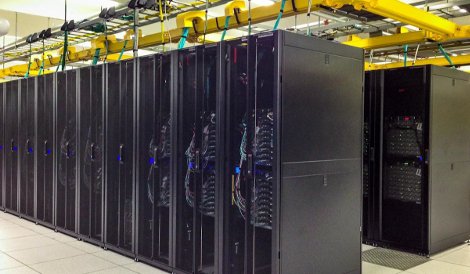AMD has shed some light on what its first ARM-based server will look like and outlined the broader strategy for tackling the server market to regain market share Tuesday.
Its ARM server is called Seattle and it will come as an eight-core or a 16-core System on Chip (SOC). It will support128Gb of DRAM and operate at 2GHz and higher, with integrated 10Gb Ethernet.
The company is pitching Seattle, slated for launch in 2014, for workloads like Memcached, Apache Hadoop, Cassandra, video transcoding and streaming, cloud gaming, virtual desktops and hosting services.
Andrew Feldman, general manager of AMD's server business, said the company's strategy was driven by a view of the market where the bulk of the processing power has been outsourced from the end user device to the data center. “The actual processor in the new client-side device can't do very much work,” Feldman said.
“It relies on the cloud to do it's heavy lifting.”
This trend has changed not only the nature of the end user device – here, the way information is displayed is now what counts most – it has also changed the way data center hardware is built and the way data centers themselves are designed.
On the data center side, this means a different type of server will be advantaged. These are less powerful but more energy efficient two- and four-socket CPUs, such as the ones designed by ARM, Feldman said.
Other products that are part of AMD's strategy are Berlin, an x86 processor that will be available as CPU and as APU, and Warsaw, an enterprise server CPU.
Berlin, slated for availability in 2014, is also well suited for web services and for building out compute clusters. The processor is built on AMD's Steamroller cores and enables uniform memory access for both CPU and GPU, simplifying programming.
Warsaw is meant for private and public cloud infrastructure, as well as high-performance computing. It is optimized for enterprise workloads on two- and four-socket servers.

